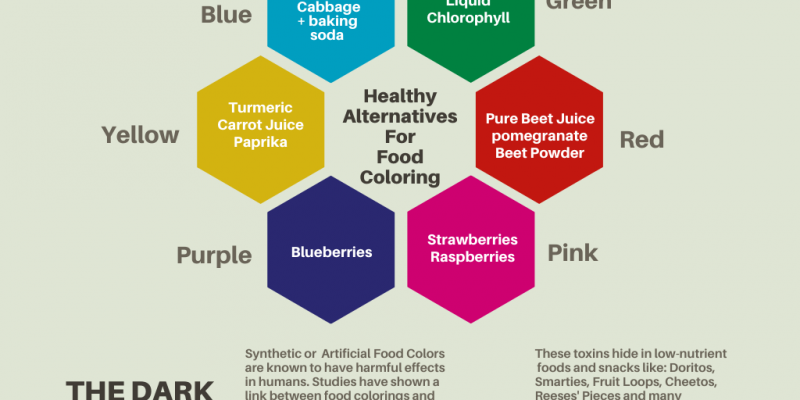Synthetic or artificial food colors are usually synthesized from petroleum and coal tar. Tons of scientific evidence continue to show that these chemicals are carcinogenic to laboratory animals, as well as causing adverse health effects in humans. Studies have shown a link between food colorings and behavioral problems in children. As much as some of these colors have been banned in many European countries, we continue to find them in foods and snacks on the store shelves here in the United States.
For instance, while the United Kingdom colors its orange soda Fanta with plants-based colors like carrot and orange extracts, the United States continues to use Red #40 and Yellow #6.
In the United Kingdom, McDonald’s colors its strawberry sundaes with natural strawberries, but the United states continues to use Red #40. Honestly, there isn’t much we can do, other than to become and continue to advocate for healthy foods for our families. One way is to start voting with our hard-earned dollars by choosing to purchase foods that feed health and not those that feed disease. Also, we can start paying close attention to reading food ingredient labels, cooking whole foods rather highly processed, prepared and packaged foods, while bearing in mind that unhealthy food choices do wreak havoc on human health.
Reference:
Kobylewski S, Jacobson MF. Toxicology of food dyes. Int J Occup Environ Health. 2012 Jul-Sep;18(3):220-46. doi: 10.1179/1077352512Z.00000000034. PMID: 23026007.




